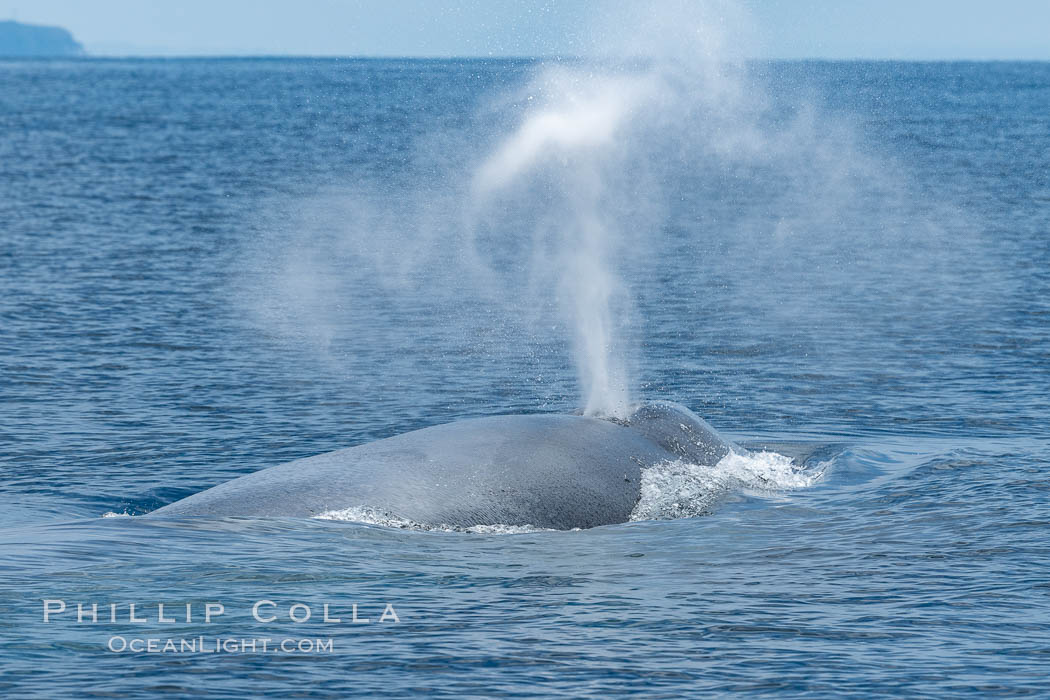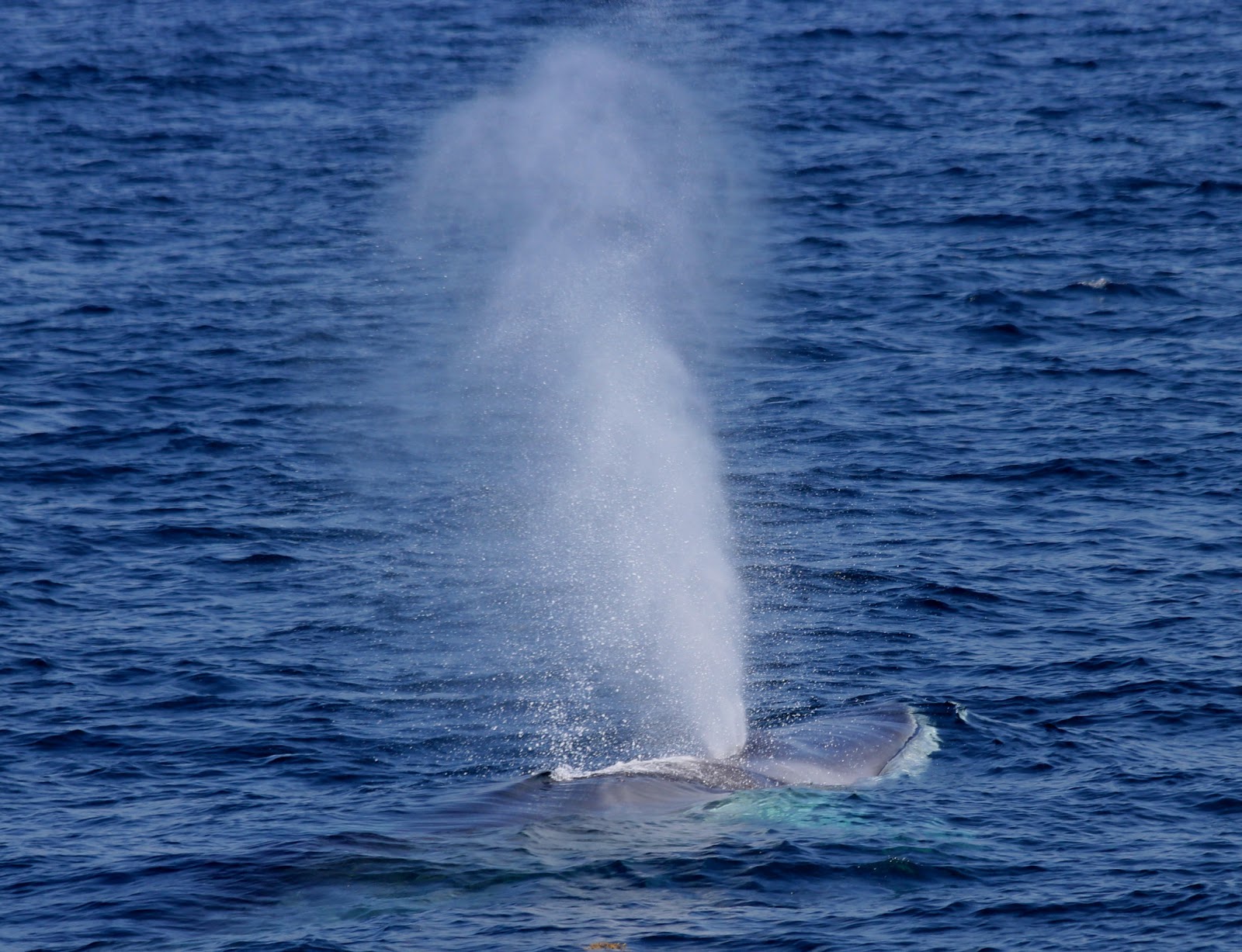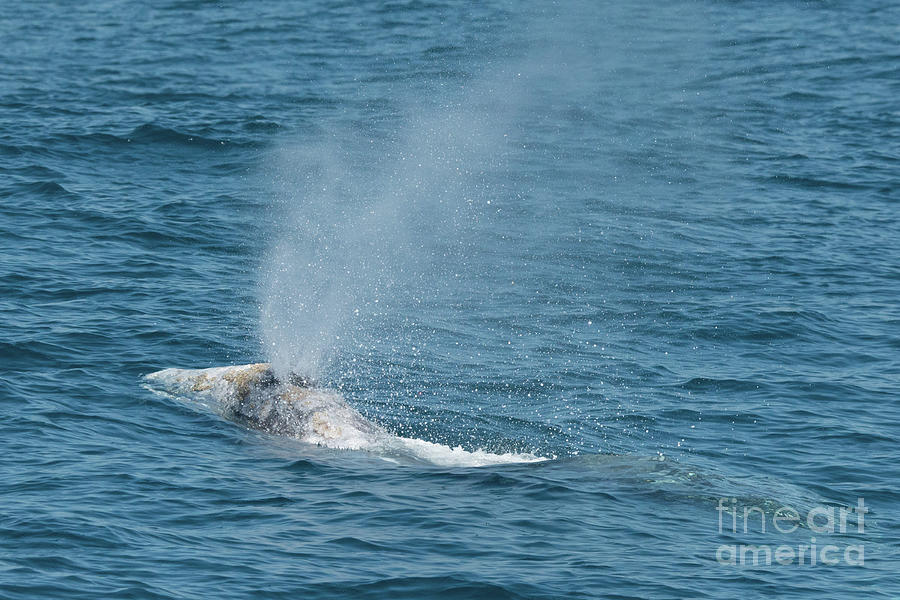

In this mass of expelled air are also water and oil droplets from the upper respiratory tracts or the top of the blowhole. Both baleen and toothed whales breathe through blowholes-the whales version of nostrils.

In addition to the difference in temperature, since the air exhaled is compressed, the difference in pressure between the lungs and the ambient air also causes condensation or vapour. A spout of water travels up from a humpback whale at ocean surface.

The hot (37☌) air condenses upon contact with the colder outside air and forms a cloud. Air is expelled from their lungs at high speed (up to 720 km/h recorded by scientists in a young gray whale) through their nose, which is found on the top of their head and is called a “blowhole”. With each breath, whales replace up to 90% of the air contained in their lungs (compared to 10-15% for humans). El ver a las ballenas en el mar abierto es una experiencia increíble que nunca olvidarás.A blue whale can breath in just 1 to 2 seconds. Si la ballena se aleja, no la persigas.Įl Programa Si Observa un Resoplo, ¡Cuidado! contiene más información sobre la navegación responsable y la observación de ballenas. Y por último: No las persigas, dales su espacio.Īcercarse a una ballena puede alejarla de su fuente de alimento, molestar a una madre con su cría, o cambiar otros comportamientos importantes. Las ballenas jorobadas a veces se alimentan mediante la formación de nubes de burbujas alrededor de su presa.Īsí que si observas manchas espumosas en la superficie de color verde claro, evítalas, una ballena hambrienta está a punto de emerger. Si hay otros barcos observando ballenas cerca de ti, utiliza tu radio para coordinar los turnos de observación.Ĭuarto: Evita problemas, mantente alejado de las burbujas. Tercero: Muchos botes, ¡habla con tus compañeros! Algunas pautas son voluntarias y otras se deben cumplir por ley, asegúrate cuáles aplican antes de salir del muelle. No te dirijas hacia una ballena que se aproxima, no alteres su trayectoria de desplazamiento y mantén una distancia segura, puede ser desde 30 metros hasta 450 metros dependiendo de la especie y de la región. Si ves un chorro de agua, una cola, o una ballena saltando, reduce tu velocidad y mantén un puesto de observación. Aquí encontrarás lo que necesitas saber para respetar su espacio y mantenerlos a salvo en su casa. Seeing whales in the open ocean is an amazing experience and one that you will never forget.Ĭuando haces canotaje, vela, o incluso kayak, puedes estar más cerca de lo que crees de los animales más grandes de la Tierra. The See a Spout, Watch Out program has additional information on responsible boating and whale watching. So if you see light green, foamy patches on the surface, avoid them - a hungry whale is about to surface.Īnd last: Don't chase, give the whales space.Īpproaching a whale may cause it to move away from its food source, disturb a mother with her calf, or change other important behaviors. Humpback whales sometimes feed by creating bubble clouds around their prey. If there are other boats watching whales near you, use your radio to coordinate your turn viewing.įourth: Avoid trouble, steer clear of bubbles. Third: Lots of boats, then talk to folks! Some guidelines are voluntary and some are enforced by law, make sure you know what they are before you leave the dock.

This may be 100 feet or up to 1,500 feet depending on the species and region. More than one could be in the area.ĭon't head towards an approaching whale, don't alter its path of travel, and maintain a safe distance. If you see a spout of water, a tail, or a breaching whale, slow down and post a lookout. So, here's what you need to know to respect their space and keep them safe in their home. When you're out boating, sailing, or even kayaking, you may be closer than you think to the largest animals on Earth.


 0 kommentar(er)
0 kommentar(er)
